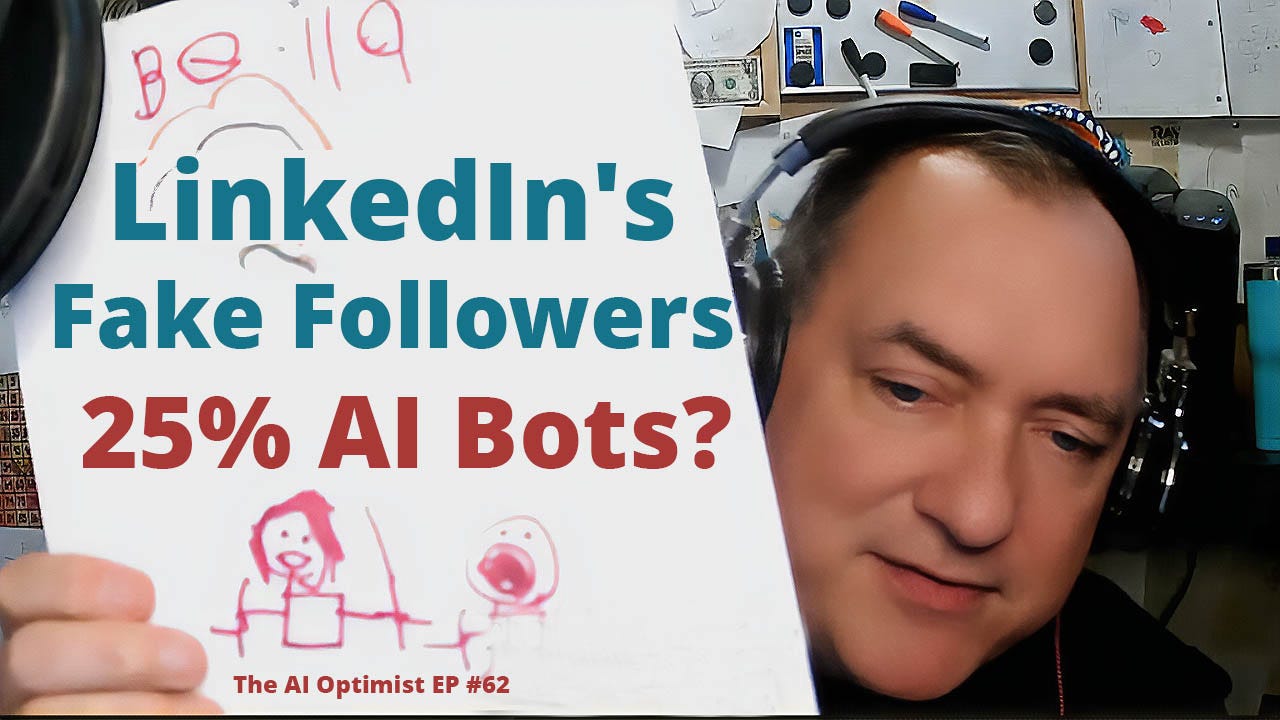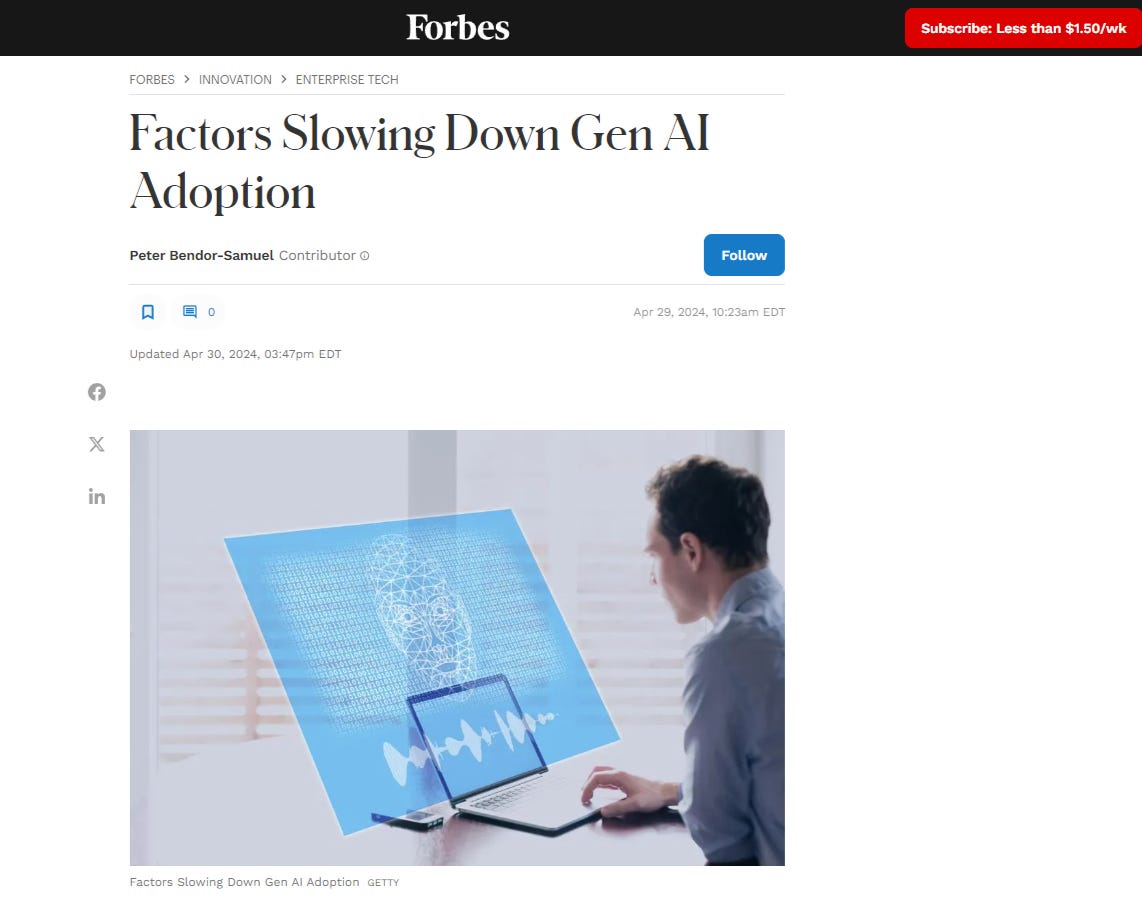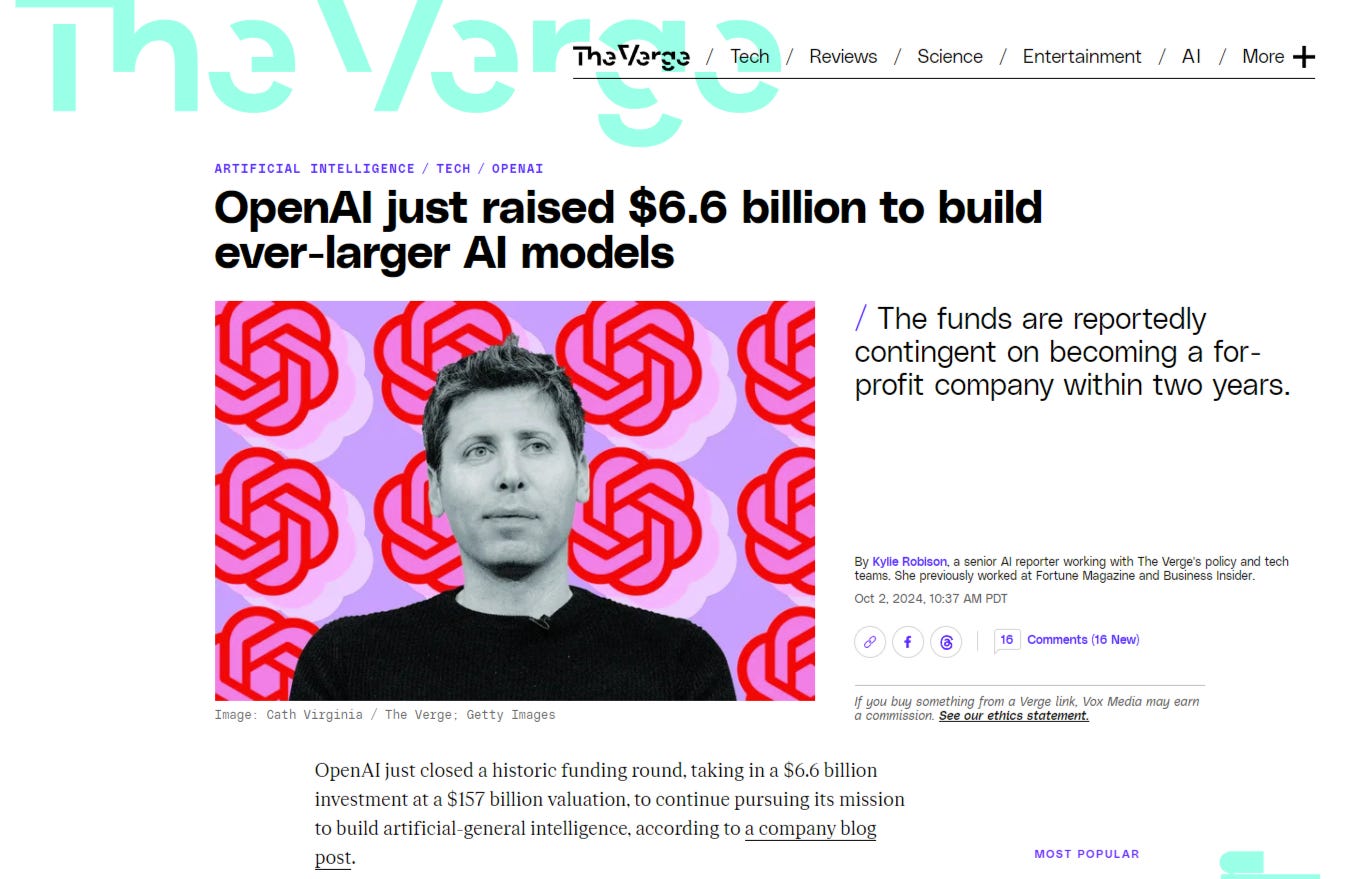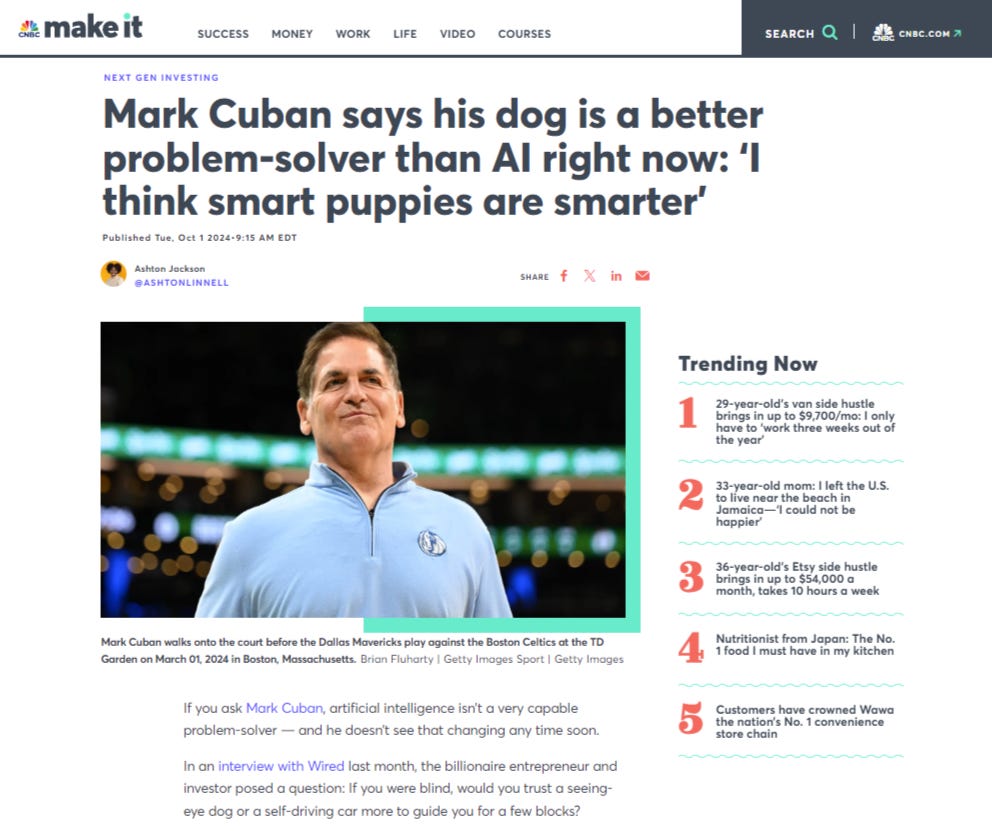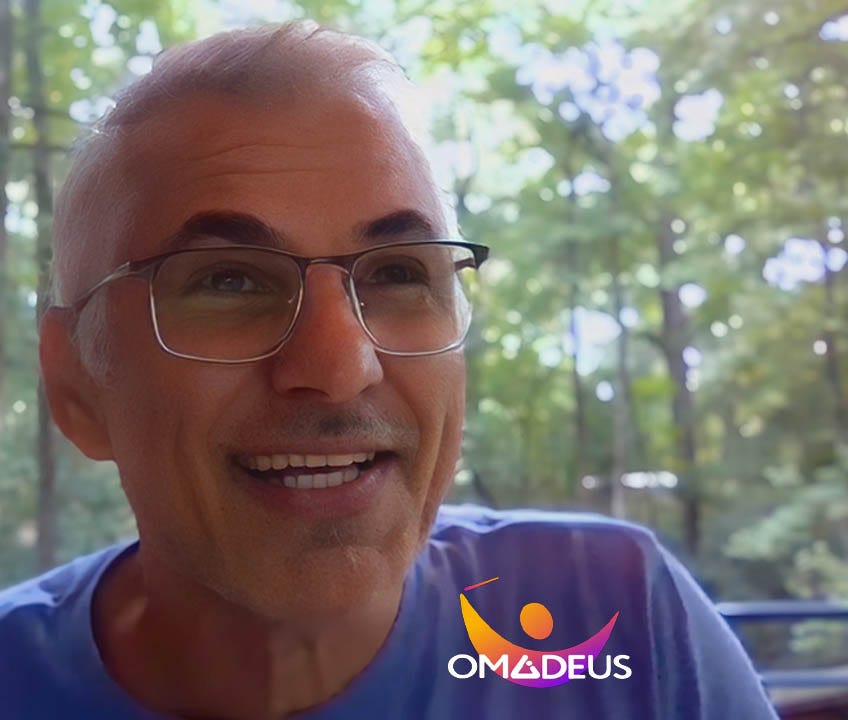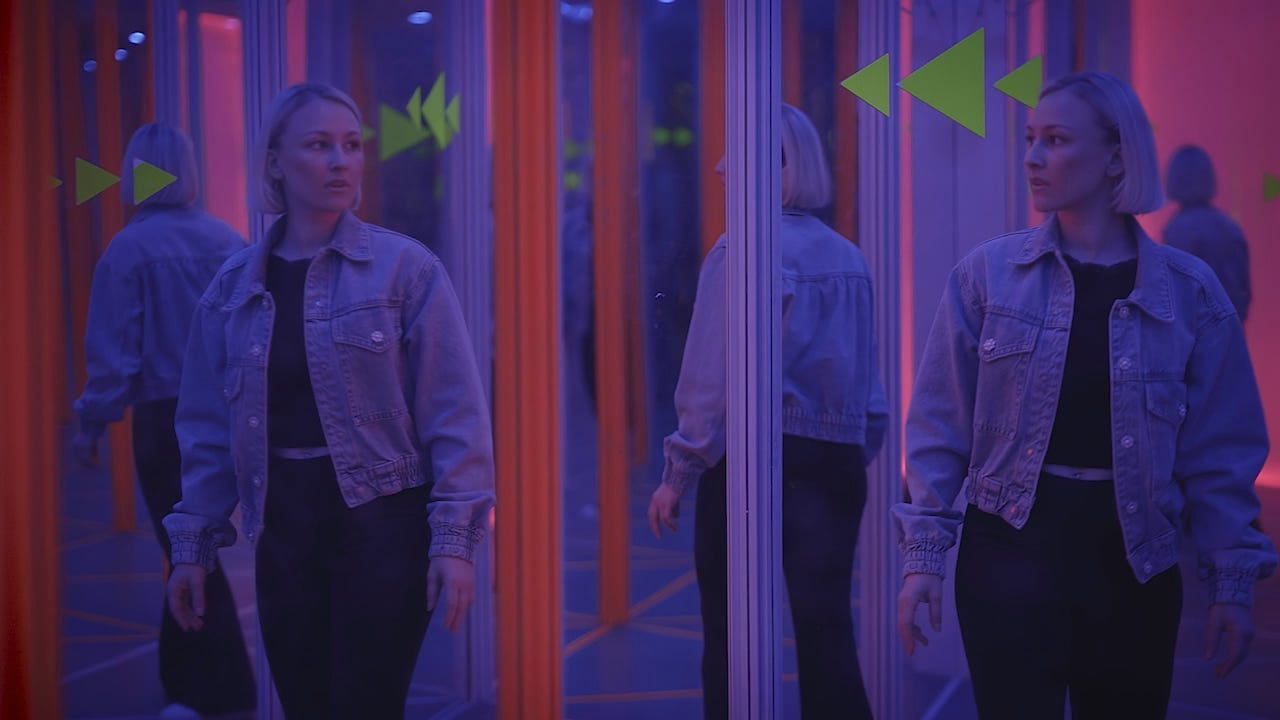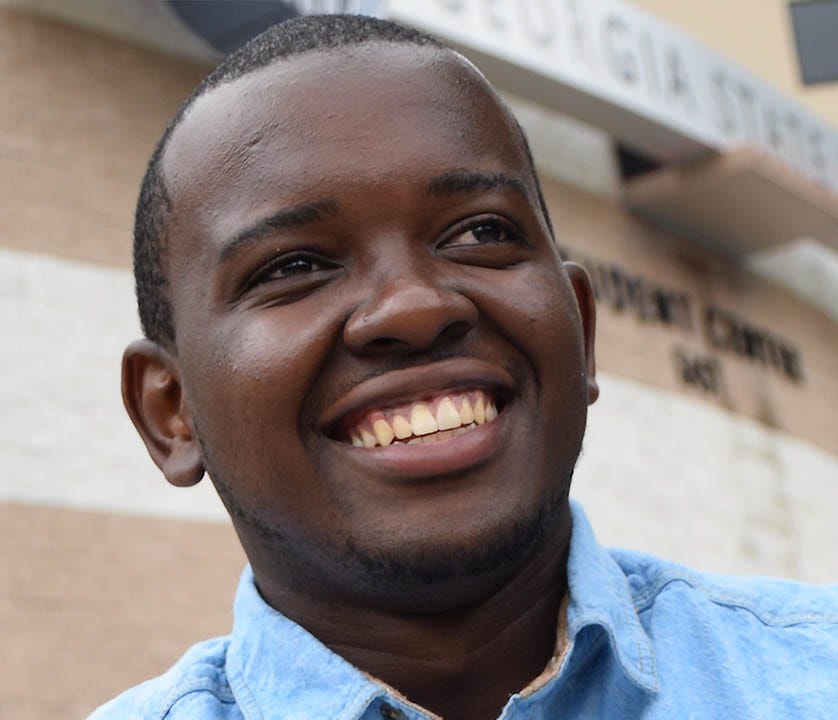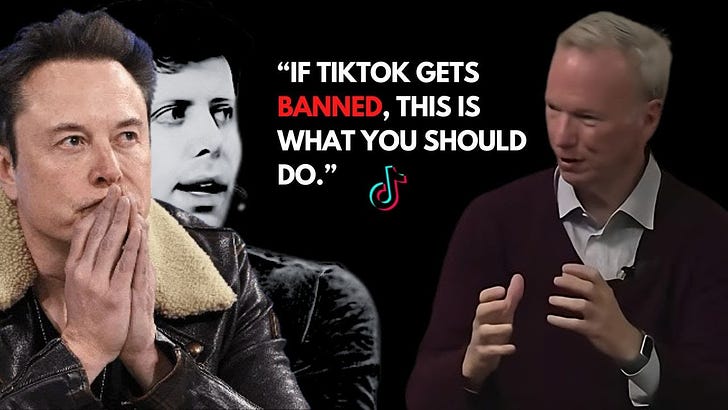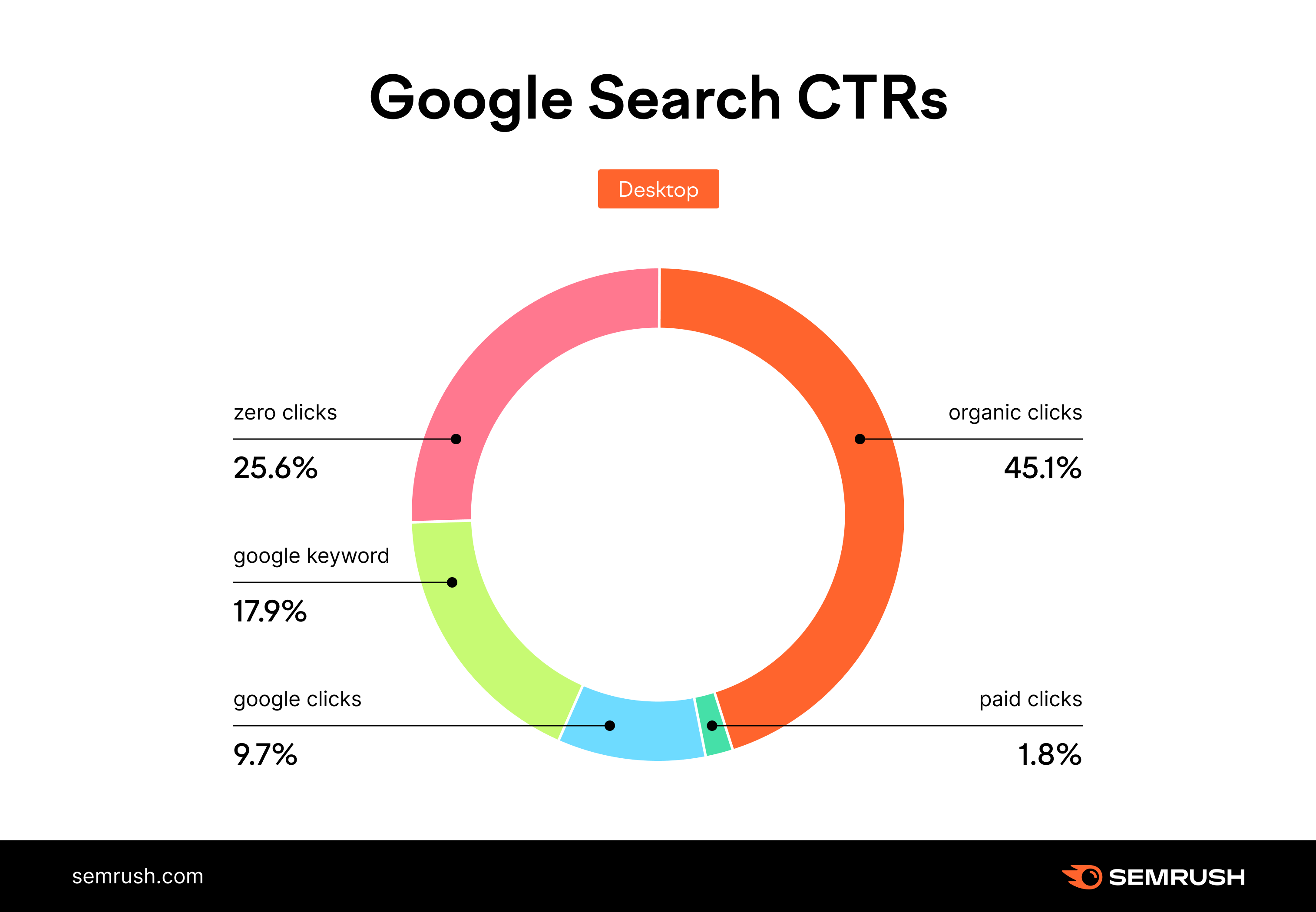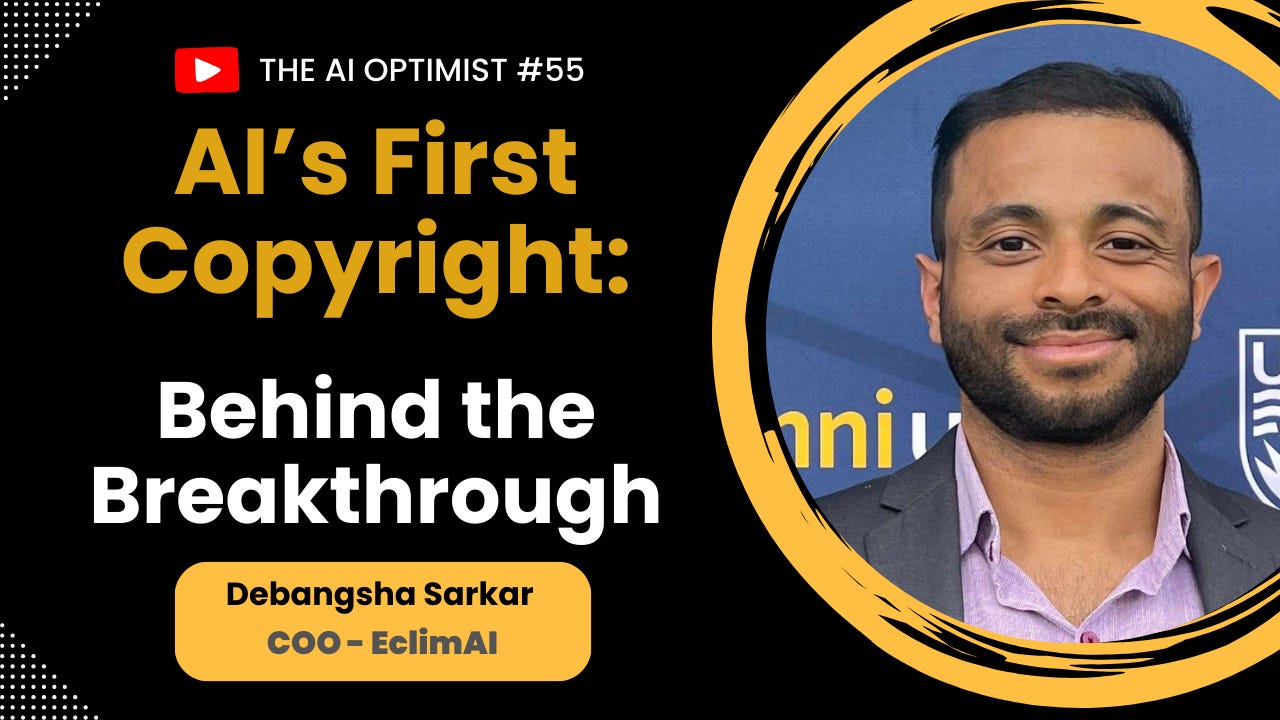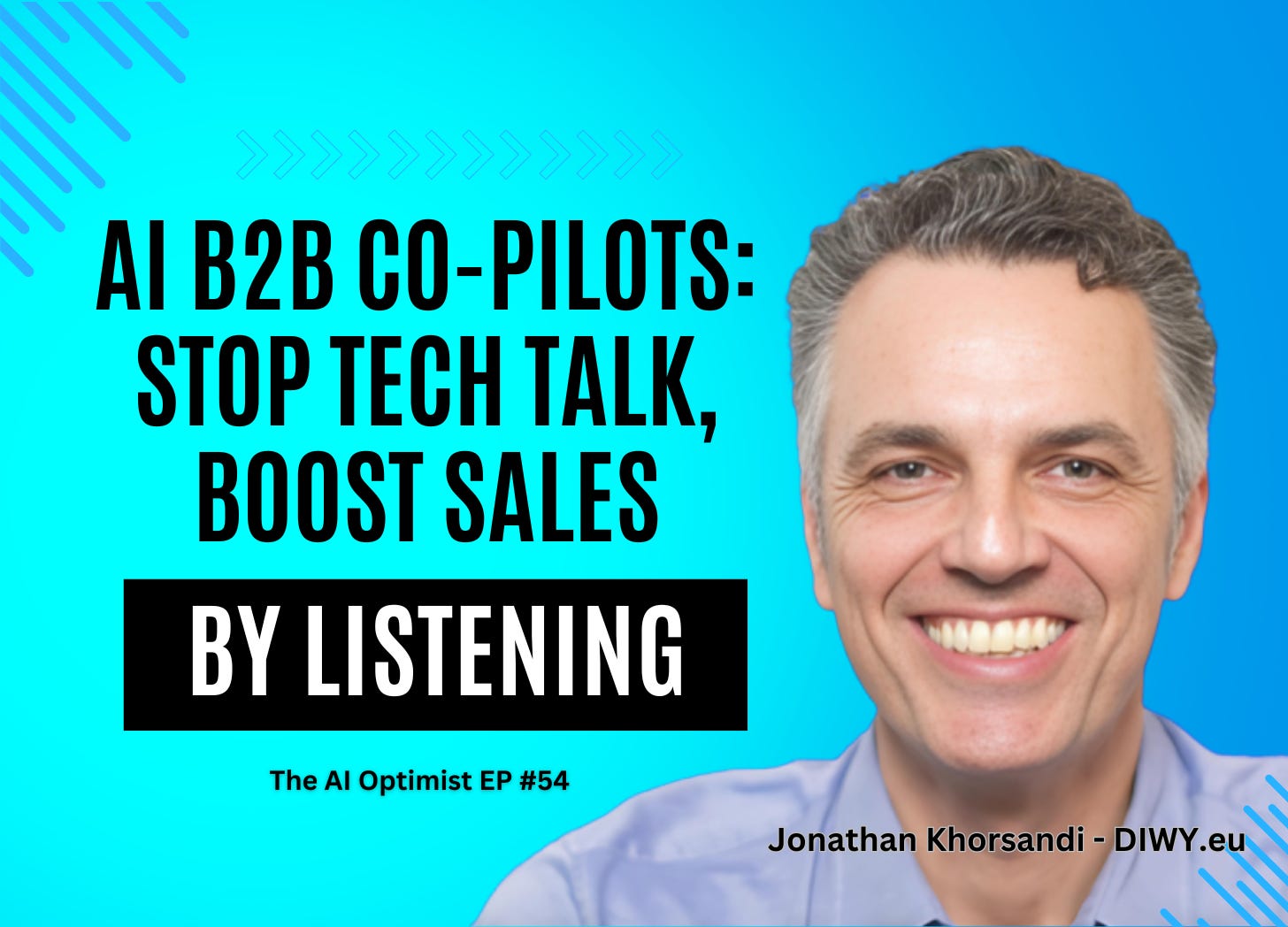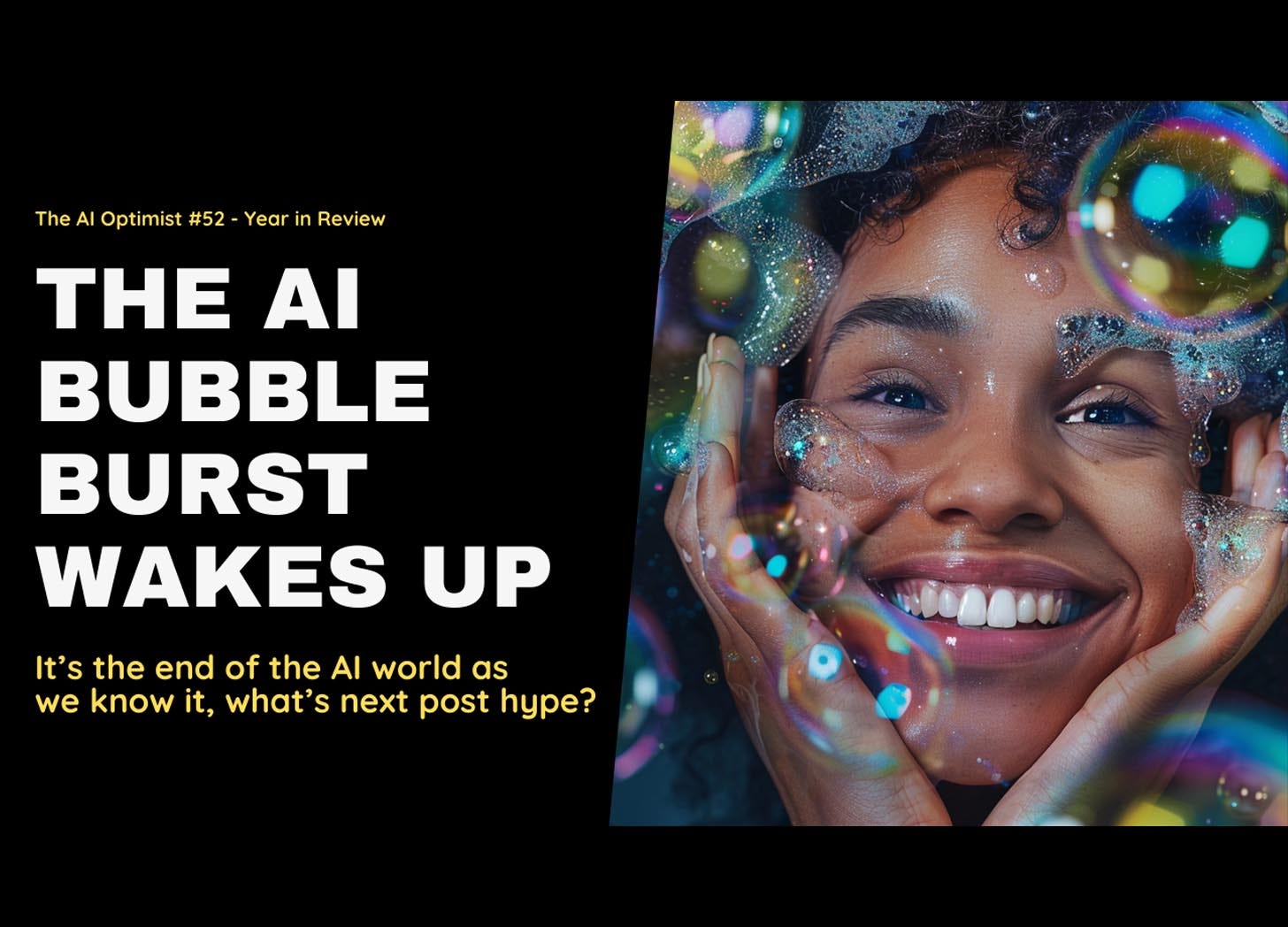LinkedIn's Fake Followers: How 25% AI Bots are Flooding Your Feed
Description
Once upon a time, LinkedIn promised to be the professional's haven, a digital space where careers flourish, forging meaningful connections.
Fast forward to today, and it’s a new stark reality: the platform is a breeding ground for artificial engagement and algorithmic manipulation.
Welcome to the world of 2024 LinkedIn, where an estimated 25% of traffic is nothing more than bots, according to a study by Lunio.
LinkedIn leads in this Lunio study of fake ad traffic, with 25%. Buy an ad, reach 1/4 non human bots. Good luck on turning those into customers.
0:00 From social to artificial media in 10 years
0:35 Peekaboo AI comments to Spotapod
02:57 AI Talking Bots replacing human connections?
04:44 Finding the Fakes and Fairness in Call Outs
08:01 Fake comments example - boosted with automated Pod Likes
12:29 1 Billion LinkedIn Users, maybe 250 Million Fake accounts?
16:07 FTC Crackdown on social for fake followers, likes, & engagement
20:30 Big Tech's Excuse - the DMCA since 1998 (scrape and don't regulate)
The tiktokification of LinkedIn, coupled with relentless gaming of the system, transforms this once-professional network into a playground for those selling the secret sauce to LinkedIn success.
Gone are the days of genuine professional interactions. And you are paying for it, even if you have no idea what a bot or pod or fake traffic is….
Instead, we're left with a feed full of carefully crafted hooks, recycled wisdom, and engagement pods trying to trick the algorithm.
In this landscape of artificial popularity, one man stands out, not for his ability to game the system, but for his determination to expose it.
Meet Daniel Hall, founder and CEO of Spotapod, helping you flush your feed of fake connections!
He shines a light on the underworld of PODS, built on data not opinions.
With a background in tech and a heart full of empathy, Daniel is on a mission to put the "human back in humanity" amidst the digital chaos.
The Rise of LinkedIn Pods and AI Bots
Ten years ago, social media promised to shrink our big, lonely world into a cozy digital village.
Then AI jumped up and now? It's all about cracking social algos and gaming systems.
Creating content that is proven by others, copying them and stealing what they do, making it your own, because who cares if the audience is the algorithm?
This shift from genuine connection to algorithmic manipulation didn't happen overnight.
It's been a slow burn, fueled by the pursuit of vanity metrics and the illusion of influence. The result?
A platform where authenticity is drowned out by the noise of artificial engagement.
According to Lunio's study, LinkedIn tops the list of social platforms with fake traffic.
This means that when advertisers buy space on LinkedIn, they're potentially paying to reach an audience that's 25% non-existent.
It's a sobering thought for those who still view LinkedIn as the gold standard for professional networking.
Daniel's journey into this murky world began with a simple desire to understand engagement metrics better.
"I'm a technology guy. How can I figure out this vanity thing?
And I did. I created a solution for vanity metrics called Peakaboo, and it calculates how much time we're spending together in social media comments."
But as he dug deeper, Daniel uncovered a darker side of LinkedIn.
"I started digging deeper into pods and more so into the automated AI version of these platforms like Lempod, Podawaa, Hyper Clapper, all of them."
What he found was the rising of influencers wasn’t the old LinkedIn, organic and earned media.
It became pay for play, even for many with the much desired, invite only LinkedIn Top Voices, the blue badge setting you apart.
And many of the newer blue badges gamed and bought their way in, not as thought leaders, but as algorithm followers. Manipulators, and proud of it.
These are real posts, I blur their names out.
Look at the times, the likes, and the lack of likes. This is what LinkedIn is starting to look like….let’s just copy the same thing over and over and over again.
They didn’t open new doors of understanding, they mimick virality in the name of vanity, big numbers so they could teach others how they did it….or bought it.
The Mechanics of Social, LinkedIn Deception
Daniel's background in cybersecurity allows him to peek behind the curtain of these AI-powered engagement tools.
"I'm able to sniff traffic.
So what that means is I look at every facet of data that goes from my computer out to the internet and whatever comes from the internet back into my computer."
This ability allows him to see the inner workings of pod platforms, revealing how they generate generic comments and reactions to posts.
"I can see that this person requested these creators to use these comments," Daniel says, breaking down an example.
"Your musings are a journey into the realm of the mind, and then they use macros, which pulls in the first name of the creator that has the post."
The implications of this are far-reaching and potentially dangerous. As Daniel points out,
"What if my posts and the things that I posted were fake news about how somebody was committed of treason and I had somebody drop a comment that supported that?
All of a sudden, I've just simply by making them say what I want them to say, I've completely just destroyed their brand."
Like this example, to send out positive comments about Israel, because who really reads the automated comments the Pod sends out?
The Human Cost of Artificial Engagement
For Daniel, this isn't just about numbers or algorithms. It's about the human impact of these deceptive practices.
"I don't want people to really laugh at people because this is a mental health thing.
It really is. People are going in and some people are being tricked."
He recounts instances of calling out individuals who may have been duped into joining pods without fully understanding the implications.
"For me to appear, for me to laugh at something like that, that's not fair.
And that's not fair to those people that have been building their brands."
This empathy extends to those who might be unwittingly participating in these practices.
"That's not fair to the creators that are actually trying to do it authentically but are getting duped and paying lots of money to be able to look like they're making it."
The Scale of the LinkedIn Bot Problem
The extent of fake engagement on LinkedIn is staggering.
Daniel estimates that of the 1 billion LinkedIn users claimed by the platform, as many as 250 million could be fake accounts.
"A lot of these numbers that we saw in these reactions are probably fake accounts.
Probably a quarter of them are fake accounts."
This isn't just about inflated numbers. It's about the integrity of the platform and the trust users place in it. As Daniel puts it,
"At the end of the day, I don't play favorites and I don't, you know, if I see it in a pod, especially if you have a big following and you got a LinkedIn blue badge, you're probably on my radar."
The FTC Crackdown and Big Tech's Response
The Federal Trade Commission (FTC) is taking notice of these practices.
"On October 20th of this year, the FTC is going to come hammering down on creators that are selling, pushing their products and gaming the system," Daniel warns.
This crackdown could have far-reaching implications for both individual users and the platforms themselves.
But Daniel believes the responsibility ultimately lies with the social media companies.
"Social media companies won't just say LinkedIn. Social media companies.
At the end of the day, they're at the top.
They're the ones that need to police their platforms, not Dan Hall down here.
They're responsible."
The challenge, as Daniel sees it, is one of the incentives.
"What you have to gain by enforcing your rules, as opposed to what you have to lose by not enforcing them?" he asks.
The answer, he believes, often comes down to money.
"It's all about the money. It's all about the numbers.
Vanity translates to cash."
Who cares about the Human Element in a Digital World?
Despite the technical nature of his work, Daniel's approach is deeply rooted in human connection.
He's not just a tech guru; he's also an adoptive father of seven, focused on being "rich" because of the love in his life.
This human-centric approach is reflected in how he views the impact of his work.
"If I can do something about that, if I can help others see what I see, that will help put the human back in humanity," Daniel says.
For Daniel, success isn't measured in likes or followers, but in genuine human connection. He recounts a touching moment with one of his adopted daughters:
"She had gone to her room for about 15 minutes, and she came back with this. And it's a picture of her and I holding hands."
This moment crystallizes what truly matters to Daniel.
"To be seen, loved, heard and valued as human beings is all we ever want," he reflects.
"It's as simple as that. And when you're focusing on the
vanity part of this, it's you're being seen and heard.
And it stops right there."
The Path Forward: Authenticity in the Age of Algorithms
As we navigate this landscape of artificial engagement and algorithmic manipulation, Daniel's work serves as a guide to authenticity.
Through Spotapod, he's not just exposing fake engagement; he's cham

